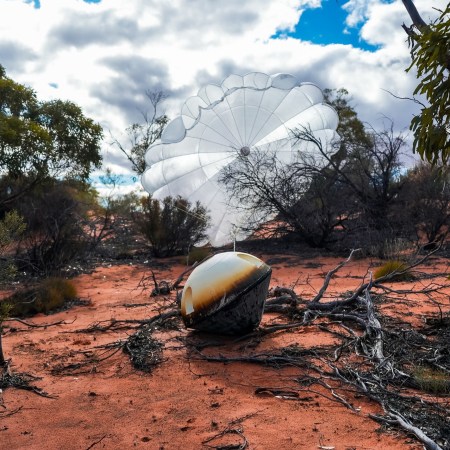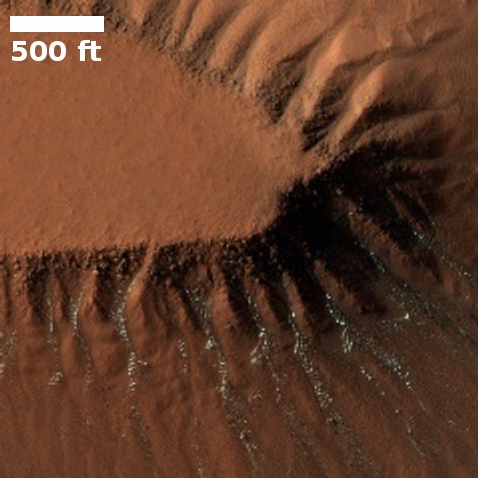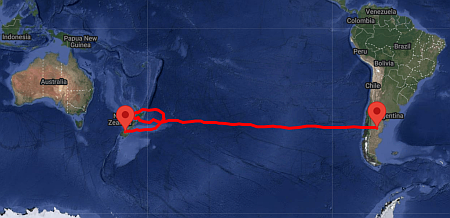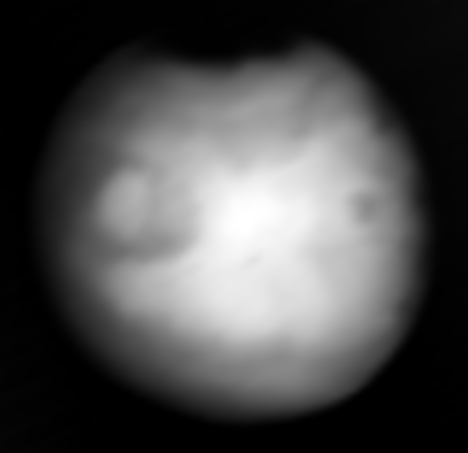China and SpaceX complete launches
Two launches so far today. First, China successfully launched the first 12 satellites for proposed orbiting computer constellation dubbed the “Three-Body Computing Constellation,” its Long March 2D rocket lifting off from its Jiuquan spaceport in northwest China.
As is usual for China’s state-run press, it revealed little useful information about this constellation.
Each satellite in this initial batch is equipped with a domestically developed 8-billion-parameter AI model capable of processing satellite data across levels L0 to L4 (with L0 referring to raw data directly collected by the satellite), CGTN learned from the lab. The constellation also supports full inter-satellite connectivity. In addition to AI-powered data processing, the satellites will carry out experimental missions, including cross-orbit laser communication and astronomical science observations.
The press also provided no information about where the rocket’s lower stages, using very toxic hypergolic fuels, crashed inside China.
Next, SpaceX placed another 28 Starlink satellites into orbit, its Falcon 9 rocket lifting off from Cape Canaveral in Florida. The first stage completed its fourth flight, landing on a drone ship in the Atlantic.
The leaders in the 2025 launch race:
58 SpaceX
26 China
5 Rocket Lab
5 Russia
SpaceX still leads the rest of the world in successful launches, 58 to 43.
Two launches so far today. First, China successfully launched the first 12 satellites for proposed orbiting computer constellation dubbed the “Three-Body Computing Constellation,” its Long March 2D rocket lifting off from its Jiuquan spaceport in northwest China.
As is usual for China’s state-run press, it revealed little useful information about this constellation.
Each satellite in this initial batch is equipped with a domestically developed 8-billion-parameter AI model capable of processing satellite data across levels L0 to L4 (with L0 referring to raw data directly collected by the satellite), CGTN learned from the lab. The constellation also supports full inter-satellite connectivity. In addition to AI-powered data processing, the satellites will carry out experimental missions, including cross-orbit laser communication and astronomical science observations.
The press also provided no information about where the rocket’s lower stages, using very toxic hypergolic fuels, crashed inside China.
Next, SpaceX placed another 28 Starlink satellites into orbit, its Falcon 9 rocket lifting off from Cape Canaveral in Florida. The first stage completed its fourth flight, landing on a drone ship in the Atlantic.
The leaders in the 2025 launch race:
58 SpaceX
26 China
5 Rocket Lab
5 Russia
SpaceX still leads the rest of the world in successful launches, 58 to 43.












